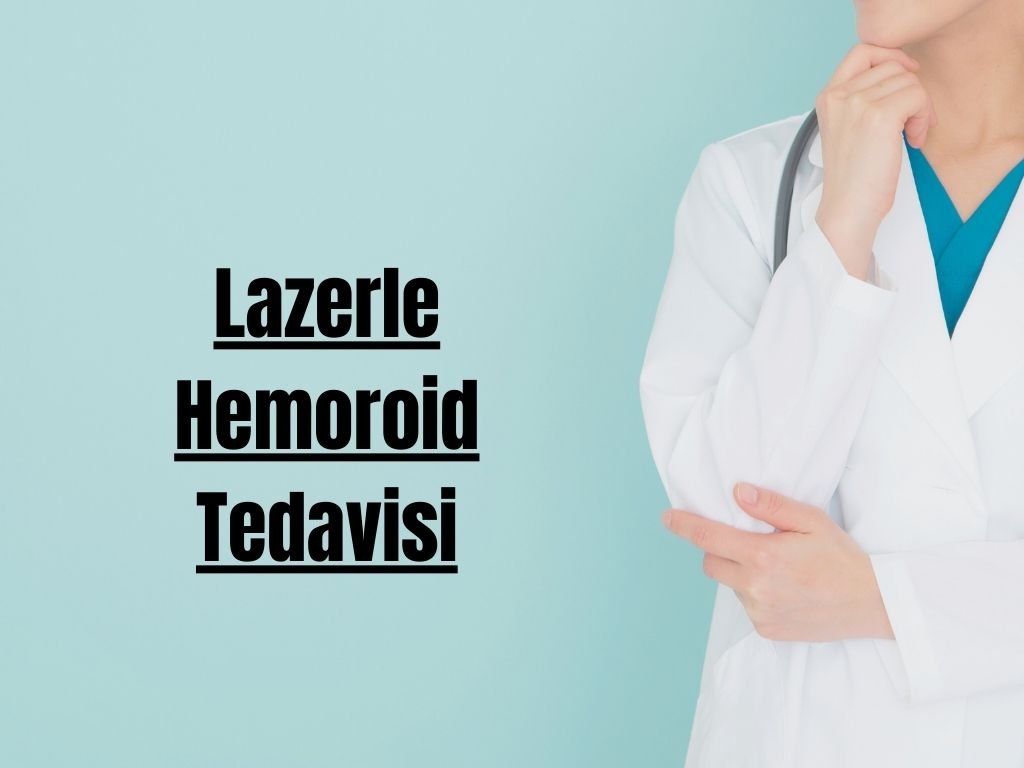What is Pilonidal Sinus? Symptoms and Causes
Pilonidal sinus, also known as pilonidal cyst or pilonidal disease, is an inflammatory skin condition that occurs mainly in the tailbone (coccyx) area. It develops when hairs or foreign objects penetrate under the skin, causing infection. It most commonly affects individuals aged 20-40 and is seen more frequently in men than women. If left untreated, it can lead to abscesses, severe pain, and a significant decrease in quality of life.
What Causes Pilonidal Sinus?
The primary cause of pilonidal sinus is free hairs shed from the body that enter the skin in curved, moist areas such as the tailbone region and create tunnels beneath the skin. The immune system treats this as a foreign object, resulting in inflammation and infection. Common factors that trigger pilonidal sinus include:
- Prolonged sitting (especially common in desk workers)
- Wearing tight and narrow pants
- Excessive body hair
- Poor hygiene
- Excessive sweating and staying in a moist environment for long periods
- Genetic predisposition
Where Does Pilonidal Sinus Most Commonly Occur?
- Tailbone area (most common site)
- Underarms
- Around the navel
- Groin and genital area
- Back of the neck and upper back
What Are the Symptoms of Pilonidal Sinus?
Pilonidal sinus often goes unnoticed initially but gradually presents with the following symptoms:
- Swelling and redness around the tailbone area
- Pain and tenderness (worse when sitting)
- Foul-smelling discharge or pus
- Itching and burning sensation
- Occasional fever and fatigue
- One or more small openings (sinus openings) under the skin
If these symptoms are present, it is important to consult a general surgeon without delay.
How is Pilonidal Sinus Diagnosed?
Diagnosis is usually made through physical examination. The specialist evaluates the sinus openings, discharge, and skin changes in the affected area. In advanced cases or suspected fistula formation, imaging techniques such as ultrasound or MRI may be used.
Treatment Methods for Pilonidal Sinus
Treatment depends on the stage of the disease, amount of abscess formation, and sinus structure. Non-surgical methods may be preferred in early stages, while surgery is necessary for advanced cases.
1. Non-Surgical (Minimally Invasive) Treatment Methods
Laser Treatment
This procedure is performed under local anesthesia:
- Sinus openings are located and thoroughly cleaned.
- Laser energy sterilizes the sinus tracts and surrounding tissue.
- The wound is closed with a dressing.
Advantages:
- Fast healing process
- Low recurrence rate
- Possible discharge on the same day
Phenol Treatment
Crystallized phenol is applied into the sinus to clean hairs and destroy the sinus tissue. It can be effective in suitable cases but is not appropriate for all patients.
2. Surgical Methods
Open Excision
In advanced pilonidal sinus, the infected tissue is surgically removed and the wound is left open to heal by secondary intention with regular dressings.
Closed Excision (Primary Closure)
The sinus area is cleaned and the incision is closed with stitches. This allows faster healing but has a higher risk of recurrence.
Flap Procedures
Used in advanced or recurrent cases. After removing the sinus, surrounding tissue is shifted to cover the defect.
Postoperative Care
- Maintain strict hygiene
- Keep the area dry
- Follow the doctor’s instructions for dressing changes
- Avoid prolonged sitting
- Avoid strenuous exercise or heavy lifting
- Consider laser hair removal to eliminate hair follicles in the area if necessary
Does Pilonidal Sinus Recurr?
Yes, especially if hygiene rules are not followed or hairs are not completely removed, recurrence is possible. Therefore, protective measures after treatment are very important.
How to Prevent Pilonidal Sinus
- Keep the area clean and dry
- Avoid tight clothing
- Avoid prolonged sitting
- Use permanent hair removal methods such as laser epilation
- Maintain regular bathing and personal hygiene
Pilonidal sinus can be controlled with simple treatments if detected early. However, if neglected, it can seriously reduce quality of life both physically and psychologically. If you notice any symptoms related to pilonidal sinus, you should consult a general surgery specialist immediately.
All content on this site is for informational purposes only and is based on scientific sources valid as of the preparation date. For any health-related symptoms, diagnoses, or treatment needs, please consult your doctor or an authorized healthcare institution directly.




